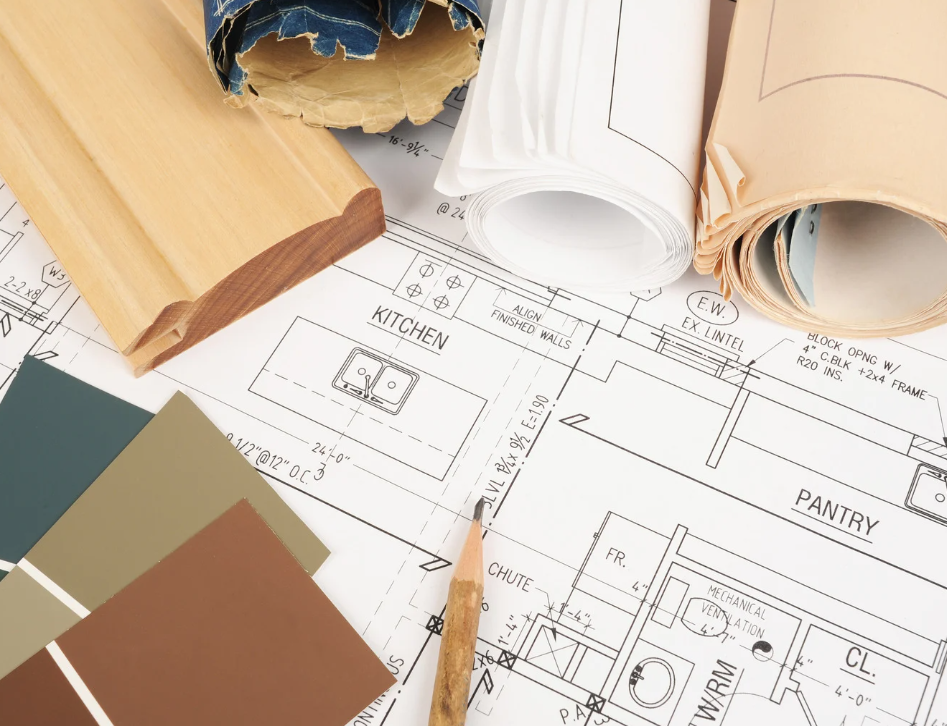
The kitchen has evolved from a purely functional workspace into the cultural heart of modern homes, much like how the hearth once served as the center of ancient dwellings. Custom kitchen cabinets Toronto homeowners commission today represent far more than simple storage solutions—they’re sculptural elements that define the aesthetic and functional personality of the entire space.
These bespoke creations transform ordinary kitchens into personalized sanctuaries. They reflect individual tastes while solving specific storage challenges that mass-produced options simply cannot address.
Understanding Custom Cabinet Design Philosophy
Traditional cabinet styles draw inspiration from centuries of furniture craftsmanship. Custom kitchen cabinets Toronto artisans create often feature time-honored joinery techniques like dovetail joints and mortise-and-tenon construction that speak to our deep appreciation for skilled craftsmanship.
Contemporary designs embrace minimalist principles that celebrate clean lines and hidden hardware. These cabinets function like stage sets in a modern theater production, providing backdrop and support while allowing the kitchen’s performance to take center stage.
Transitional styles bridge the gap between traditional warmth and modern functionality. They create visual harmony by combining classic proportions with contemporary materials and finishes.
Material Choices That Define Character
Solid wood remains the gold standard for custom cabinetry, offering durability and timeless beauty. Different wood species contribute unique personalities to kitchen designs—cherry brings warmth and richness, while maple provides clean, consistent grain patterns that work with various design styles.
Engineered materials like plywood and medium-density fiberboard offer stability and cost advantages. These materials accept paint finishes beautifully and resist the seasonal movement that can affect solid wood construction.
Alternative materials like bamboo, reclaimed wood, and metal accents introduce sustainable and industrial elements. These choices reflect growing environmental consciousness and desire for unique aesthetic expressions.
Color Psychology in Kitchen Design
Light colors create the illusion of spaciousness and reflect natural light throughout the kitchen. White and cream cabinets serve as blank canvases that allow homeowners to experiment with colorful accessories and artwork.
Dark colors add drama and sophistication to kitchen spaces. Deep blues, rich greens, and classic black create cozy, intimate atmospheres that encourage gathering and conversation.
Two-tone cabinet schemes offer creative opportunities to define different kitchen zones. Upper cabinets in light colors paired with darker lower cabinets create visual interest while maintaining balance.
Functional Storage Solutions
Pull-out drawers maximize accessibility in lower cabinets by bringing items to eye level. These systems work like filing cabinets for the kitchen, organizing everything from pots and pans to cleaning supplies in easily accessible compartments.
Vertical dividers keep baking sheets, cutting boards, and serving trays organized. These storage solutions prevent the kitchen equivalent of a domino effect—where removing one item causes everything else to cascade.
Corner solutions address the notorious “black hole” of kitchen storage. Lazy Susans, magic corners, and pull-out systems transform awkward spaces into functional storage areas.
Consider these innovative storage features:
- Spice pull-outs that organize seasonings like a chef’s library
- Appliance garages that hide small appliances while keeping them accessible
- Drawer organizers that create designated spaces for utensils and tools
- Pantry systems that maximize food storage efficiency
- Wine storage that protects and displays collections properly
Hardware Selection and Placement
Cabinet hardware functions as jewelry for kitchen cabinetry, adding personality and finishing touches. Knobs work well for doors, while pulls provide better leverage for drawers and heavy cabinet doors.
Finish coordination creates cohesive design themes throughout the kitchen. Matching hardware finishes to faucets, light fixtures, and appliances creates visual harmony that ties the entire space together.
Placement affects both function and aesthetics significantly. Proper hardware positioning considers door and drawer sizes, user height, and design proportions.
Design Trends and Timeless Elements
Shaker-style doors continue to dominate custom cabinet design because of their versatility and timeless appeal. These simple, clean-lined doors work equally well in traditional farmhouse kitchens and modern urban spaces.
Open shelving creates display opportunities for beautiful dishware and decorative objects. Like gallery walls in living spaces, these areas allow homeowners to showcase personal collections and add visual interest.
Mixed-height cabinets add architectural interest and accommodate different storage needs. Varying cabinet heights creates dynamic visual rhythms that prevent monotonous wall-to-wall uniformity.
Planning Your Custom Cabinet Project
Professional design consultation helps translate dreams into practical reality. Experienced designers understand how to balance aesthetic goals with functional requirements while working within budget constraints.
Accurate measurements and detailed drawings prevent costly mistakes during installation. Like architectural blueprints, these documents serve as roadmaps for the entire construction process.
Timeline planning helps coordinate cabinet delivery with other renovation activities. Custom cabinets typically require 6-12 weeks for completion, so early ordering prevents project delays.
Custom cabinets represent significant investments in both home value and daily quality of life, transforming kitchens into spaces that truly reflect personal style and functional needs.




